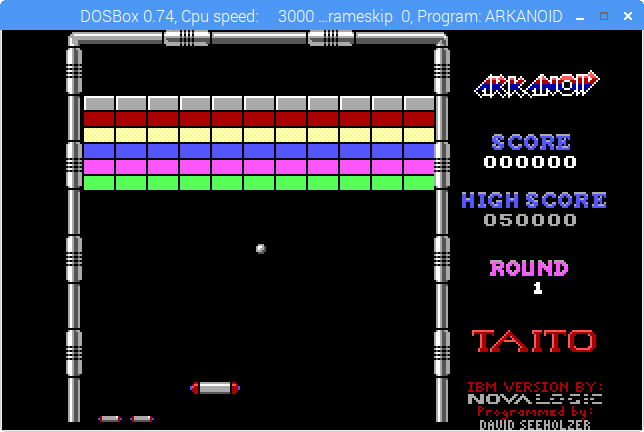
Create a folder named retropie-mount on the root of the USB drive. Use any disk utility available on your OS for it. It's also a good option when you have a small SD card with enough space for no other thing than RetroPie. Keeping the games (ROMs) and the saved games progresses in an external source makes it easier to experiment with RetroPie in the SD card, keeping the critical data safe in a plug-n-play source. You'll notice the SD card is now called boot. Extract and reinsert the SD card into your computer. To install games on an external USB drive, do not plug the SD card into the Raspberry Pi. If you prefer to keep games and RetroPie on the same SD card, you can avoid the section "Setting up the external USB Storage". Also, choose your SD card.įrom here, you have two options: installing games into the SD card (efficient when your SD card is big enough) or installing them on an external drive (most ideal for small SD cards). On the Raspberry Pi Imager, go to Operating System → RetroPie and select the version that belongs to your Raspberry Pi model. Download and install the official Raspberry Pi Imager. Connect a compatible SD card to your computer. Identify which model of the Raspberry Pi you have.

The first step is burning the RetroPie image into the SD card. The reinstalling was mostly because of the lack of information about many setup choices you have to make if you want to get the most out of your Raspberry Pi. Every time I needed to reinstall, I had to reconfigure the entire system by following the same steps repeatedly.

I found myself installing and reinstalling RetroPie on my Raspberry Pi a million times to get it right for the type of work I wanted to do. I spent one year building an arcade machine.
HOW TO USE RETROPIE DOSBOX HOW TO
Step-by-step tutorial on how to setup your Raspberry Pi to make the most of it as retro games console. A complete guide to setting up RetroPie - Leandro Linares Leandro Linaresīy Leandro Linares - Updated December 8, 2020


 0 kommentar(er)
0 kommentar(er)
